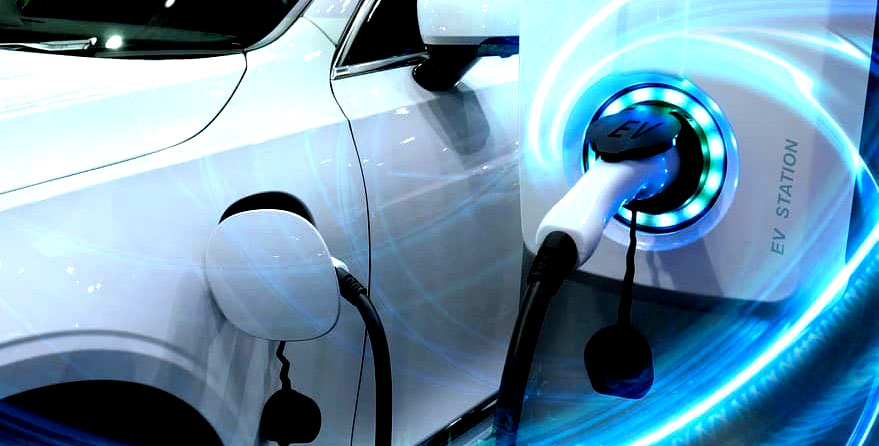
In current years, the upward push of electric vehicles in 2025 (EVs) have transitioned from being a gap, futuristic concept to a rapidly growing sector inside the global car enterprise. This shift isn’t always most effective driven by means of improvements in generation and layout but also via the urgent want to deal with weather exchange, lessen dependency on fossil fuels, and create purifier, extra sustainable modes of transportation. As countries and agencies hold to include this transformation, the electric car enterprise is poised to reshape the way we consider personal and public transportation.
electric motors are automobiles and trucks that are powered with the aid of one or more electric powered automobiles, which use energy stored in rechargeable batteries. not like traditional inner combustion engine (ICE) cars, EVs do now not rely on fuel or diesel and instead provide a miles purifier and greater electricity-green mode of transportation. The surge in EV adoption can be attributed to various of factors, inclusive of environmental issues, governmental regulations, advances in battery era, and changing purchaser possibilities.
one of the most important drivers behind the adoption of electric vehicles is the developing cognizance of environmental problems. Transportation is one among the biggest participants to greenhouse fuel emissions, and decreasing the carbon footprint of motors is visible as a critical step in preventing weather trade. EVs produce 0 tailpipe emissions, because of this they help improve air first-rate and reduce the quantity of carbon dioxide and other pollutants that make a contribution to global warming.
one of the key demanding situations going through the EV industry has been the restrictions of battery technology. traditional lead-acid batteries utilized in in advance electric motors had limited range, long charging times, and had been high priced to produce. but, the development of lithium-ion (Li-ion) batteries has revolutionized the enterprise. those batteries are lighter, more electricity-dense, and longer-lasting, allowing EVs to travel further on a single fee and reducing the time it takes to recharge.
similarly to improvements in battery generation, producers also are making strides in optimizing the efficiency of electric drivetrains. more recent electric motors are lighter, extra powerful, and extra dependable, helping EVs attain better performance while minimizing strength consumption. furthermore, improvements in regenerative braking permit electric powered motors to recover and keep energy at some point of braking, further extending riding range and enhancing efficiency.
Charging infrastructure has additionally seen massive improvements in current years. The expansion of public charging stations, rapid-charging networks, and domestic charging solutions has alleviated issues over variety anxiety—the worry that an EV will run out of price before accomplishing a charging station. In some areas, extremely-speedy charging stations can now recharge a vehicle to 80% of its capacity in under 30 minutes, making lengthy-distance tour with electric powered motors a good deal extra viable.
one of the most compelling motives for adopting electric powered motors is their environmental benefits. by means of using electricity from renewable sources consisting of solar or wind, EVs can function with certainly 0 emissions. even if the power used to fee an EV comes from fossil fuels, the general carbon footprint is commonly decrease than that of traditional gasoline or diesel-powered motors.
moreover, as the global strength mix maintains to shift towards purifier power assets, the environmental advantages of electrical automobiles are anticipated to develop. The growing availability of renewable power, coupled with advancements in grid generation, method that EVs have the potential to be powered with the aid of an ever-growing percentage of easy strength.
one of the maximum compelling motives for adopting electric powered powered automobiles is their environmental benefits. by means of the use of energy from renewable resources including solar or wind, EVs can function with truely 0 emissions. despite the fact that the energy used to charge an EV comes from fossil fuels, the overall carbon footprint is normally lower than that of conventional gasoline or diesel-powered motors.
moreover, as the global energy mix keeps to shift toward purifier power belongings, the environmental advantages of electrical cars are expected to increase. The developing availability of renewable electricity, coupled with improvements in grid generation, approach that EVs have the capability to be powered with the aid of an ever-developing percent of easy power.
electric vehicles are certainly the destiny of transportation, providing a cleanser, extra sustainable alternative to traditional gas and diesel-powered motors. the ongoing improvements in battery generation, charging infrastructure, and authorities regulations are accelerating the transition to electric mobility. whilst demanding situations continue to be, the long-term blessings of EV adoption—each for the surroundings and the economic system—are undeniable. As innovation continues to drive the enterprise ahead, electric automobiles will play a pivotal function in growing a cleanser, greater sustainable international for destiny generations.
